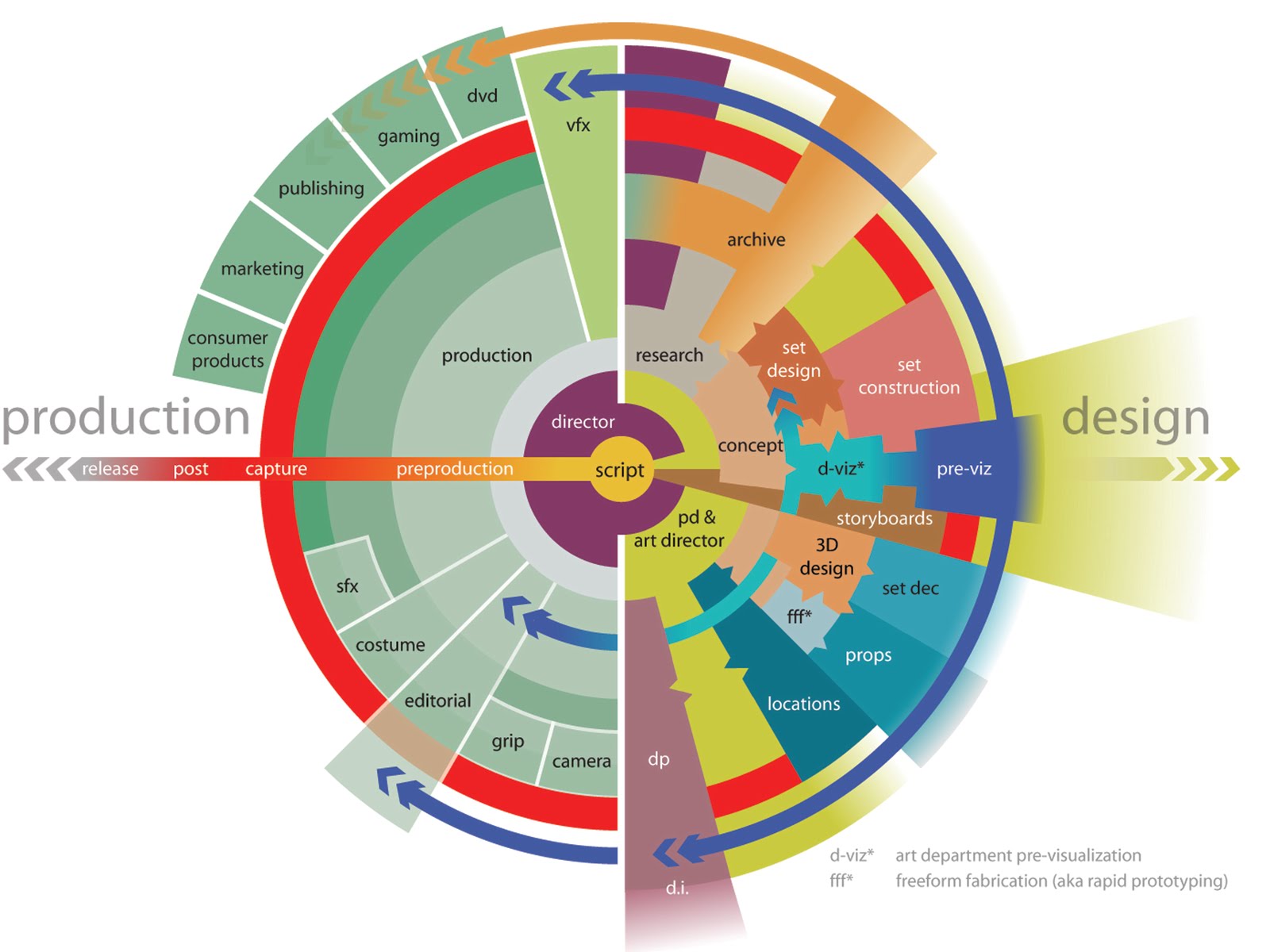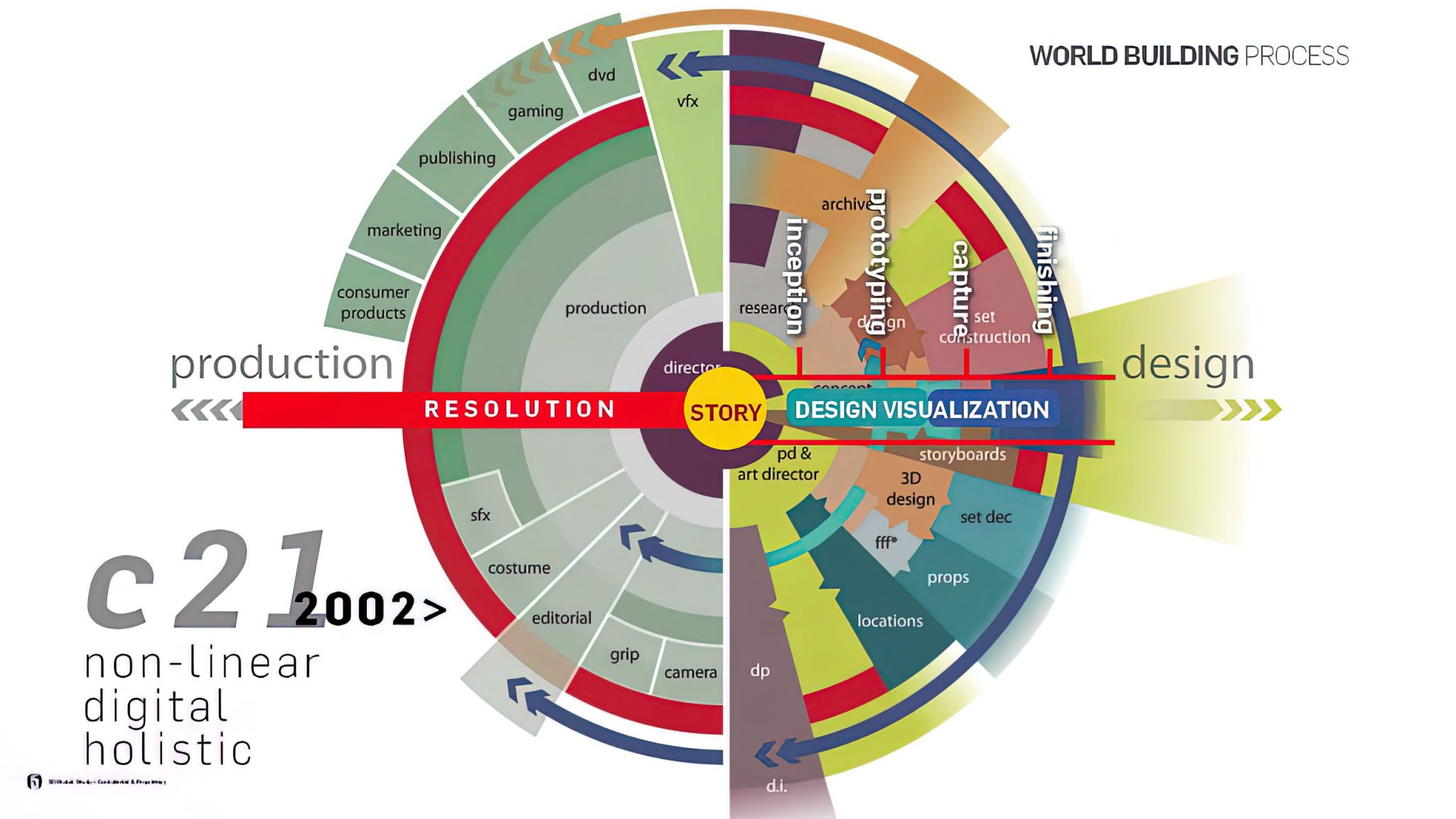BREAKING NEWS
LATEST POSTS
-
DDS textures – DirectDraw Surface container file format
The DirectDraw Surface container file format (uses the filename extension DDS), is a Microsoft format for storing data compressed with the previously proprietary S3 Texture Compression (S3TC) algorithm, which can be decompressed in hardware by GPUs. This makes the format useful for storing graphical textures and cubic environment maps as a data file, both compressed and uncompressed.
en.wikipedia.org/wiki/DirectDraw_Surface
The DDS format was developed by Microsoft to be used with the DirectX SDK for the development of real-time rendering applications, particularly 3D games. The format is primarily used to store model textures, mipmap levels, and cubemaps in 3D video games.
-
Google’s ’20% rule’ shows exactly how much time you should spend learning new skills, and why it works
“We encourage our employees, in addition to their regular projects, to spend 20% of their time working on what they think will most benefit Google,”
- Identify Specific Skills: Clearly define the skill you want to learn. Focusing on one specific area rather than spreading yourself thin across multiple subjects helps in achieving faster and more noticeable improvement.
- Seek Value in Every Effort: Even if a project doesn’t lead to immediate success, look for the minimum benefits such as learning new techniques, gaining exposure to different fields, or networking. This ensures your time is never wasted.
- Stay Flexible and Committed: Be disciplined in protecting your learning time, but also flexible enough to adjust when urgent tasks arise. The key is consistency, not a rigid schedule.
- Make it Enjoyable: Incorporate fun elements into your learning process. This could be through interactive methods like working with friends, enjoying relevant media, or engaging in creative projects.
- Think Long-Term: View your learning as a long-term investment. Small, consistent efforts compound over time, leading to significant improvements and opportunities in the future.
-
Alex McDowell’s mandala for non-linear virtual production
spring2013animationseminar.wordpress.com/2013/03/16/march-27-alex-mcdowell/
www.rinascimentodigitale.it/transmedia.html
“I think that it’s important now for people coming into the entertainment or pop culture business to know that all bets are off, … We don’t necessarily know that film making as we know it will exist in few years.
We don’t know that gaming is going to look the way it (now) looks or TV is going to look the way it looks. There is no doubt that there is convergence happening through these various media”

FEATURED POSTS
-
The riddles humans can solve but AI computers cannot
https://www.bbc.com/future/article/20240912-what-riddles-teach-us-about-the-human-mind
“As human beings, it’s very easy for us to have common sense, and apply it at the right time and adapt it to new problems,” says Ilievski, who describes his branch of computer science as “common sense AI”. But right now, AI has a “general lack of grounding in the world”, which makes that kind of basic, flexible reasoning a struggle.
AI excels at pattern recognition, “but it tends to be worse than humans at questions that require more abstract thinking”, says Xaq Pitkow, an associate professor at Carnegie Mellon University in the US, who studies the intersection of AI and neuroscience. In many cases, though, it depends on the problem.
A bizarre truth about AI is we have no idea how it works. The same is true about the brain.
That’s why the best systems may come from a combination of AI and human work; we can play to the machine’s strengths, Ilievski says.





